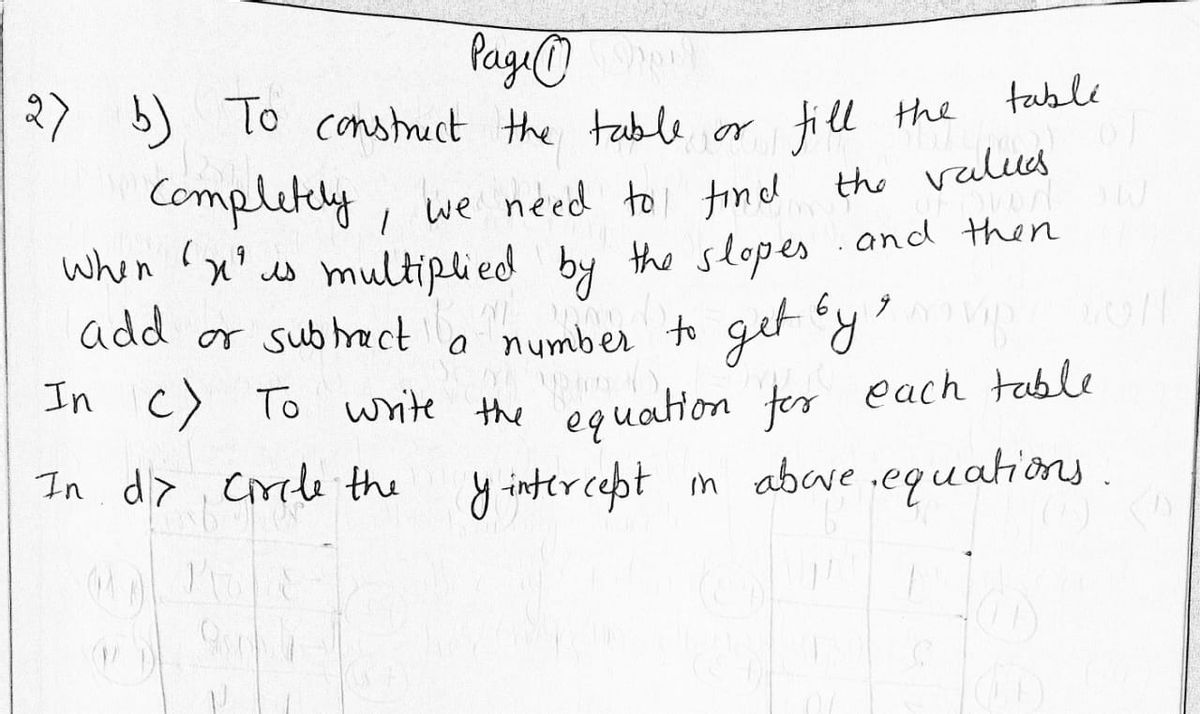b) Continue with the tables from part a). Multiply x by the slope. What must you add or subtract to each number in the second column to get y? i) x slope × x 1 3 x 1 = 3 ii) x slope x xy |-3 iii) x |-4 slope x x y y 4 -1 3 x 2 = 6 7 -1 10 1 4 3 Add Add Subtract c) Write an equation for each table in part b). i) y = 3x + 1 ii) y = i) y = d) Circle the y-intercept in each equation in part c). NOLIOB 20 0MOD 3 OL JON HIV r sor o D 3.
Permutations and Combinations
If there are 5 dishes, they can be relished in any order at a time. In permutation, it should be in a particular order. In combination, the order does not matter. Take 3 letters a, b, and c. The possible ways of pairing any two letters are ab, bc, ac, ba, cb and ca. It is in a particular order. So, this can be called the permutation of a, b, and c. But if the order does not matter then ab is the same as ba. Similarly, bc is the same as cb and ac is the same as ca. Here the list has ab, bc, and ac alone. This can be called the combination of a, b, and c.
Counting Theory
The fundamental counting principle is a rule that is used to count the total number of possible outcomes in a given situation.


Step by step
Solved in 5 steps with 5 images









